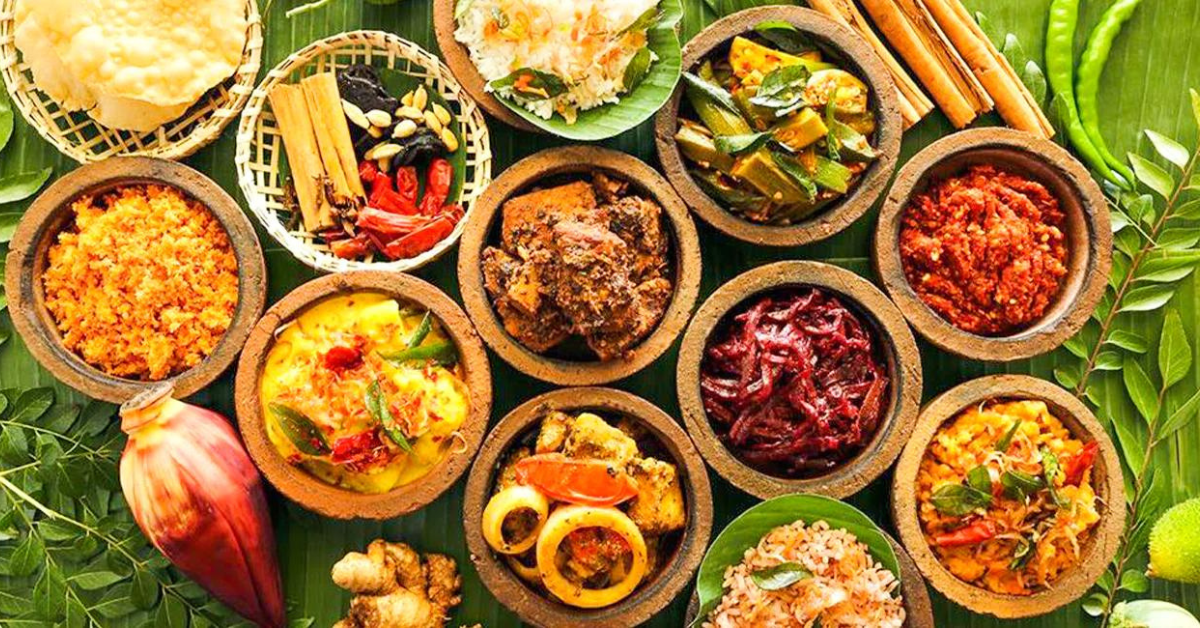
Discover the power of Sri Lankan pulses like chickpea, dhal, green gram, and cowpea. Learn about their health benefits, traditional uses, and how to add them to your daily meals.
Step into any Sri Lankan kitchen, and you’ll find familiar comfort in a pot of boiling parippu curry, a bowl of soaked kadala, or even a handful of mung beans drying under the sun. These humble pulses are more than just staples — they are the backbone of our food culture.
Yet, many of us overlook just how nutrient-dense and versatile they truly are. For generations, our mothers and grandmothers have cooked pulses not just to fill our bellies, but to nourish our bodies. And now, the world is finally catching on to what we’ve always known — pulses are true superfoods, hiding in plain sight.
Pulses are dry, edible seeds from plants in the legume family. Unlike fresh peas or green beans, pulses are harvested when fully matured and dried. In simple terms, they are the grains that come from plants like lentils, chickpeas, and cowpeas.
Pulses are:
They are central to the Sri Lankan rice-and-curry meal structure and are a must-have protein source in vegetarian and plant-based diets.
Sri Lanka has a beautiful tradition of incorporating a wide variety of pulses into daily cooking. Here are a few household favorites that have stood the test of time:
Sinhala Name English Name Common Dish
පරිප්පු (Parippu) Red Lentils Dhal Curry
මුං ඇට (Mung Ata) Green Gram Mung Kiribath, Mallung
කඩල (Kadala) Chickpeas Kadala Thel Dala
කව්පි (Kawpi) Cowpea Cowpea Boiled
Long before nutrition labels existed, our grandparents knew the value of a plate full of lentils or kadala. Science is now backing up what tradition always knew. Here’s why pulses are some of the healthiest foods we can eat:
✅ 1. Rich in Protein – Especially for Veg Eaters
Pulses are an excellent source of plant-based protein, which is essential for muscle repair, immune function, and overall growth. They’re perfect for vegetarians, vegans, or anyone cutting back on meat.
✅ 2. High in Fiber – Gentle on Your Gut
Fiber is crucial for digestive health, and pulses are packed with it. They help prevent constipation, support a healthy gut microbiome, and even reduce the risk of colon cancer.
✅ 3. Good for Heart Health
Pulses are cholesterol-free, low in saturated fat, and rich in potassium, folate, and magnesium. Regular consumption can help lower blood pressure and cholesterol, protecting the heart naturally.
✅ 4. Regulate Blood Sugar Levels
Due to their low glycemic index, pulses release energy slowly into the bloodstream, helping maintain stable blood sugar levels. This makes them ideal for people managing diabetes or prediabetes.
✅ 5. Support Weight Management
Because of their high protein and fiber content, pulses keep you full for longer, reducing hunger and unnecessary snacking. If you’re trying to maintain or lose weight, pulses can be a powerful ally.
✅ 6. Rich in Micronutrients
Pulses are a natural source of iron, zinc, folate, and B vitamins. These are especially important for women, children, and those on vegetarian diets.



Pulses are deeply woven into the fabric of Sri Lankan cuisine. We don’t think twice about adding a scoop of dhal curry to our plate—it’s just second nature. Here’s how pulses typically show up in our meals:
🍲 Parippu Curry
Made with red lentils, coconut milk, turmeric, garlic, and curry leaves. It’s often the first solid food for babies, and the ultimate comfort food for adults.
🧅 Kadala Thel Dala
Boiled chickpeas tempered with onion, mustard seeds, curry leaves, and spices. A popular breakfast dish or tea-time snack.
🥥 Mung Kiribath
Rice cooked with green gram and coconut milk. Nourishing and warm—often made for auspicious occasions or when someone needs gentle food for recovery.
🥗 Cowpea Boiled
Served with scraped coconut, chopped onion, and a dash of salt or lime—cowpea is especially popular in school lunch packets and as a healthy meal on Poya days.
Here are a few simple tips to make the most out of pulses:
Eating pulses isn’t just good for your body — it’s good for the Earth too.
🌿 They require less water than crops like rice or corn.
🧪 They naturally fix nitrogen in the soil, reducing the need for chemical fertilizers.
🌍 Lower carbon footprint compared to animal-based protein.
🧑🌾 Support local farmers and sustainable agriculture.
By choosing local pulses, you’re investing in a food system that is more resilient, eco-friendly, and community-driven.
In a world obsessed with imported superfoods like quinoa or chia seeds, it’s time we looked inward. Our dhal, mung, kadala, and cowpea are just as powerful—and they’re grown right here on our island.
They’ve nourished generations before us, and they’ll nourish many more to come. Whether you’re packing a lunch, preparing a family dinner, or making a simple sambol, pulses offer wholesome, affordable nutrition every time.

SatynMag empowers women with inspiring stories, expert advice, and uplifting content to fuel their strength and dreams
Welcome to Satynmag S Suite, online knowledge platform for career and personal growth. This is where you can empower yourself with cutting edge knowledge, latest know-how and grow.


